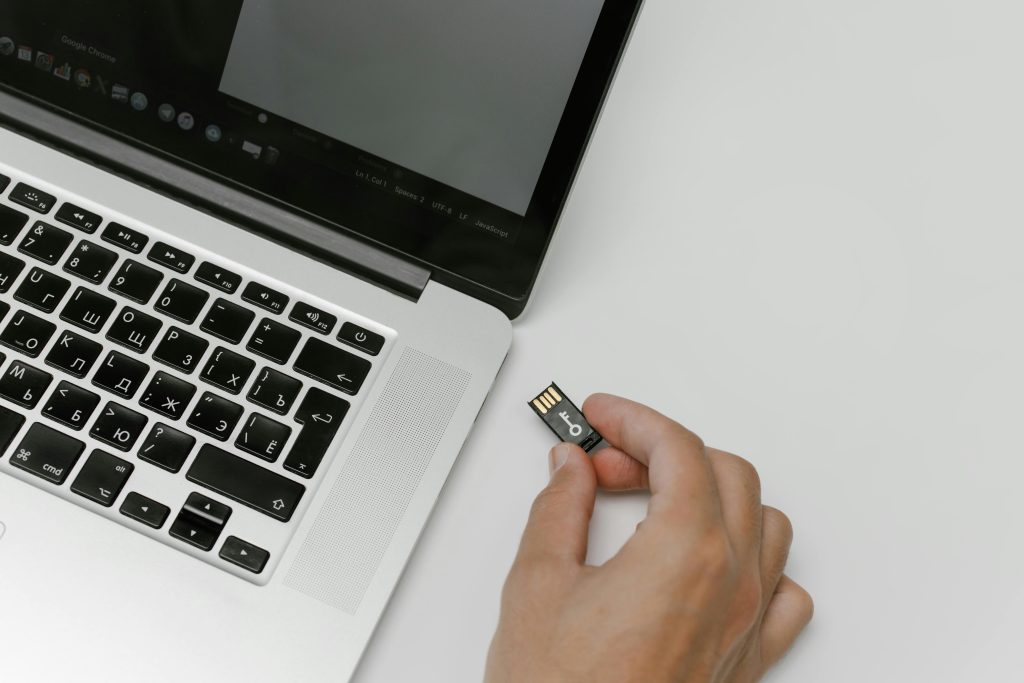Recovering Data from Locked M.2 NVMe SSD Encrypted with Bitlocker Without Keys or Passwords: A Comprehensive Guide
Introduction
In today’s digital landscape, data security is paramount. Encryption tools like Microsoft’s BitLocker provide robust protection for data stored on drives, especially on corporate or company-issued devices. However, situations may arise where access to encrypted data becomes necessary, and the recovery options are unclear—particularly when the recovery keys or passwords are lost. This article aims to explore potential methods and best practices for recovering files from an M.2 NVMe SSD that’s protected by BitLocker without having the recovery key or password.
Understanding BitLocker Encryption
BitLocker is a full-disk encryption feature integrated into Windows, designed to safeguard data by encrypting entire volumes. When enabled, it requires a recovery key or password to unlock the drive. Without this key, the data remains encrypted and inaccessible through conventional means.
Scenario Context
Suppose you’ve inherited or are attempting to access a company laptop (e.g., a ThinkPad E14 Gen 3 with an M.2 NVMe SSD) locked by BitLocker. The device’s owner has left the organization or the IT department is no longer available, and the encryption key is lost. Additionally, the Windows account credentials are unavailable, complicating straightforward login and decryption processes.
Potential Recovery Strategies
-
Check for Existing Recovery Keys or Backups
-
Microsoft Account Backup: If the device was linked to a Microsoft account and BitLocker was configured to back up the recovery key to your Microsoft account, try accessing it via Microsoft’s recovery key portal.
-
Azure Active Directory: If the device was managed through organizational policies, the recovery key may be stored within the organization’s Azure AD portal. Contact your former IT department or administrator if possible.
-
Physical Storage: Some users or IT administrators store recovery keys on USB drives, printed copies, or secure management tools—search for any such backup if available.
-
Attempt to Access the Drive via Advanced Data Recovery Tools
If the recovery key is truly unavailable, data recovery becomes more challenging. Nonetheless, some third-party tools claim to recover data from encrypted drives under certain conditions:
- Data Recovery Software: Programs like Disk Drill, Recuva, or EaseUS Data Recovery can scan the drive for residual data. However, if the drive is encrypted
Share this content:



